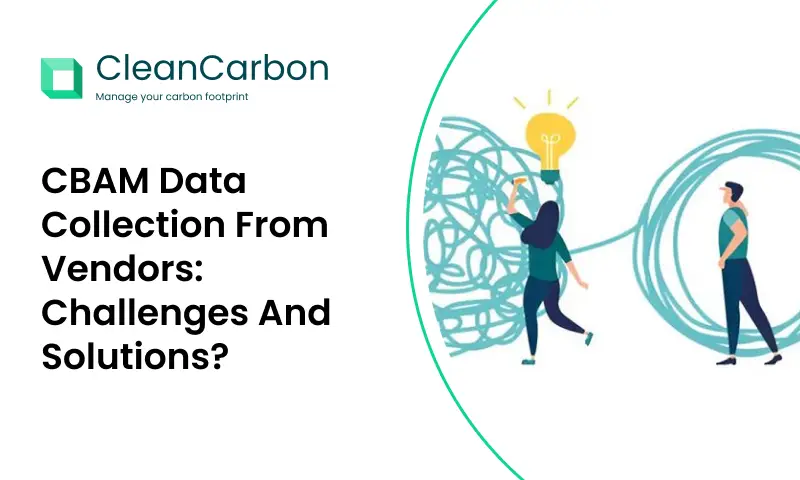The Carbon Border Adjustment Mechanism (CBAM) is a groundbreaking EU policy designed to mitigate carbon leakage and promote global climate action. As CBAM becomes a reality, it’s crucial to examine real-world case studies and learn from the experiences of businesses and industries adapting to this new regulatory landscape.
Case Study 1: The Steel Industry
The steel industry, a significant contributor to global carbon emissions, is facing significant challenges under CBAM. European steel producers have been forced to implement measures to reduce their carbon footprint, while importers from countries with less stringent environmental regulations are subject to a carbon tax.
Lessons Learned:
- Carbon Pricing as a Competitive Advantage: Companies with lower carbon footprints can gain a competitive edge in the global market.
- Supply Chain Transparency: CBAM emphasizes the importance of transparent supply chains to track carbon emissions throughout the production process.
- Innovation and Technology: Investing in carbon-reducing technologies is essential for long-term sustainability and compliance with CBAM.
Case Study 2: The Cement Industry
The cement industry, another major source of emissions, is also grappling with the implications of CBAM. European cement producers have been investing in alternative materials and carbon capture technologies to reduce their environmental impact.
Lessons Learned:
- Collaboration and Partnerships: Industry associations and governments can play a vital role in developing collaborative solutions to address CBAM challenges.
- Regulatory Certainty: Clear and predictable regulations are essential for businesses to make informed investment decisions.
- International Cooperation: CBAM can serve as a catalyst for global cooperation on climate action, encouraging other countries to adopt similar policies.
Conclusion
CBAM is a significant step towards a more sustainable global economy. By examining real-world case studies and learning from the experiences of businesses and industries, we can better understand the challenges and opportunities presented by this new policy. As CBAM continues to evolve, it is essential for stakeholders to adapt and innovate to ensure a just and equitable transition to a low-carbon future.






